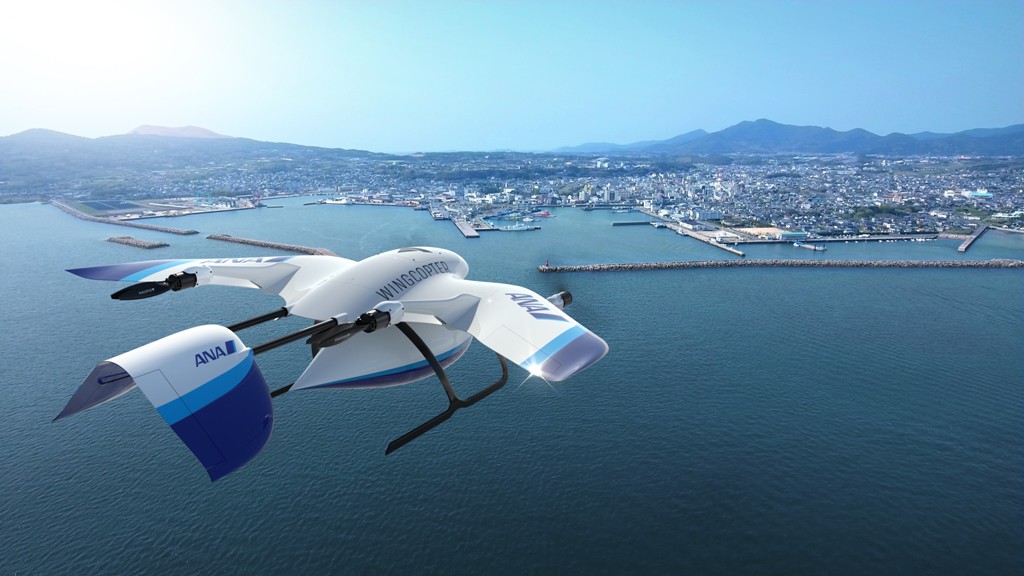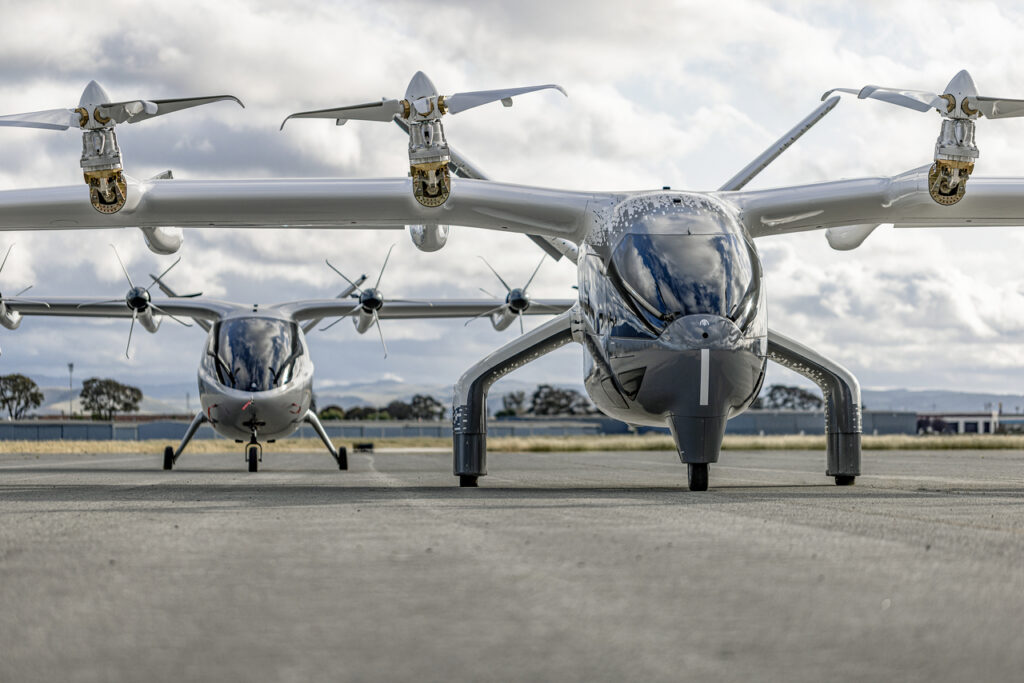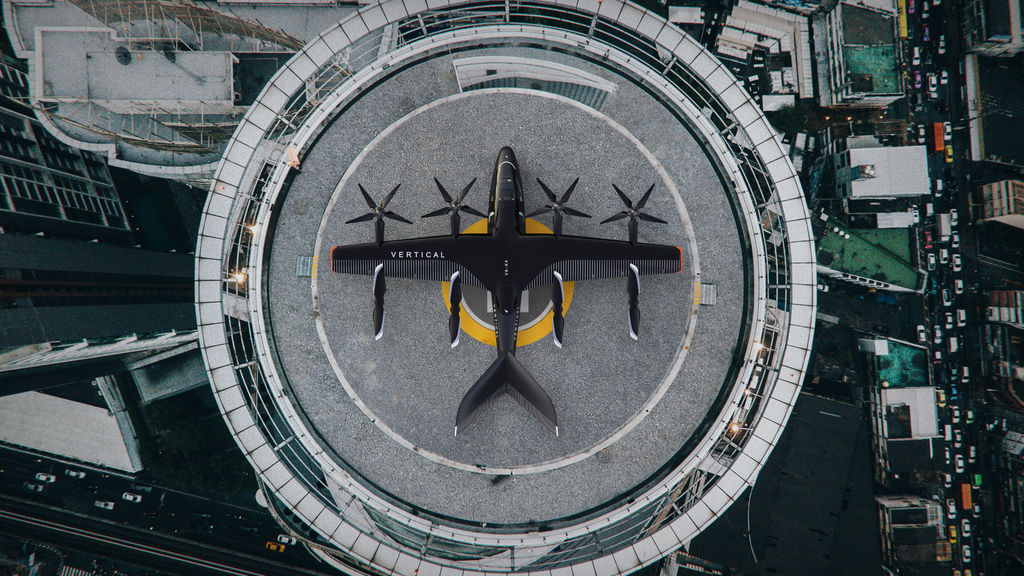Advanced Air Mobility (AAM) is a rapidly evolving field in aviation, and the 2023 NBAA Business Aviation Convention & Exhibition (NBAA-BACE) saw a panel of experts discussing critical issues related to AAM implementation in the National Airspace System.
Led by Jon Damush of Iris Automatons, Inc., these discussions delved into the complex world of AAM, regulatory challenges, and what the future holds for this rapidly developing industry.
Advanced Air Mobility & UAS Operations
Unmanned Aircraft Systems (UAS), also known as drones, play a crucial role in AAM. However, the existing regulatory framework often falls short of accommodating their diverse operations.
Currently, UAS operations often rely on waivers and exemptions, making it a challenging landscape to navigate.
Charlton Evans, representing End State Solutions, shed light on the limitations of these waivers, which are often airspace-related and time-limited, typically lasting for two years.
Waiverable rules are listed in Part 91, while exemptions are generally associated with operational rules.
[monsterinsights_popular_posts_inline]

Jeffrey Vincent, from the FAA’s UAS Integration Office, discussed the forthcoming Part 108 Notice of Proposed Rulemaking (NPRM). This initiative aims to address beyond visual line of sight (BVLOS) UAS operations, and its significance cannot be overstated.
Part 108 is expected to usher in regulations that reduce the need for exemptions, paving the way for more seamless BVLOS operations.
An Aviation Rulemaking Committee (ARC) has recently submitted recommendations to the FAA, and it’s anticipated that some of these will be incorporated into the final regulations.
Vincent emphasized that the goal is integration, not separation. The FAA, along with the industry, is committed to creating a framework that allows UAS to coexist harmoniously with manned aircraft.

The Current Landscape for UAS Operators
Jon Hanlon, representing Zipline, provided insights into how some companies are operating within the existing regulatory framework.
Zipline conducts daily operations in the U.S., working effectively with waivers and exemptions. For example, they use a comprehensive Continuing Analysis and Surveillance System (CAMP) for managing maintenance, a practice familiar to traditional Part 135 operators.
Hanlon also shared Zipline’s internal processes for aircraft detection and airspace management, highlighting that the next phase will involve integrating UAS with other aircraft, moving from theoretical exercises to real-world collaborations.
“Some of the next opportunities coming up will start to bring other operators into the mix, and that’s what I’m excited about – having real opportunities to integrate with other aircraft rather than conducting paper exercises,” Hanlon said.

eVTOL: The Emerging Powered-Lift Aircraft Industry
A significant portion of the discussion centered around electric Vertical Takeoff and Landing (eVTOL) aircraft. Paul McDuffee, representing Supernal, explained that these passenger-carrying, powered-lift operations will initially be piloted.
This decision emphasizes the importance of having a cadre of well-trained airmen to operate these aircraft safely.
McDuffee clarified that there’s no intention to compromise the training and qualifications of eVTOL pilots. Furthermore, these operations won’t begin with entirely autonomous aircraft.
The expectation is that initially, these aircraft will be manned, with autonomy evolving over time.
Advanced Air Mobility companies have ambitious plans, with some anticipating certification as soon as 2025. Jeffrey Vincent, from the FAA’s UAS Integration Office, assured the industry that the FAA will be ready to accommodate these operations when the time comes.
“If a company is ready to operate in 2025, the FAA will be ready,” said Vincent. “We are prepared. We will get to ‘yes’ safely. I am extremely confident that when the companies are ready, we will be ready to accommodate.”

Click the banner to subscribe to our weekly newsleter.









